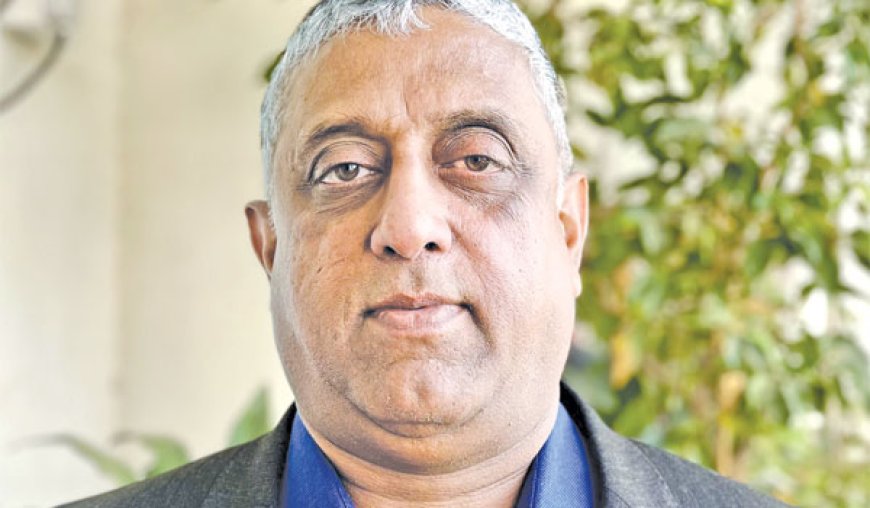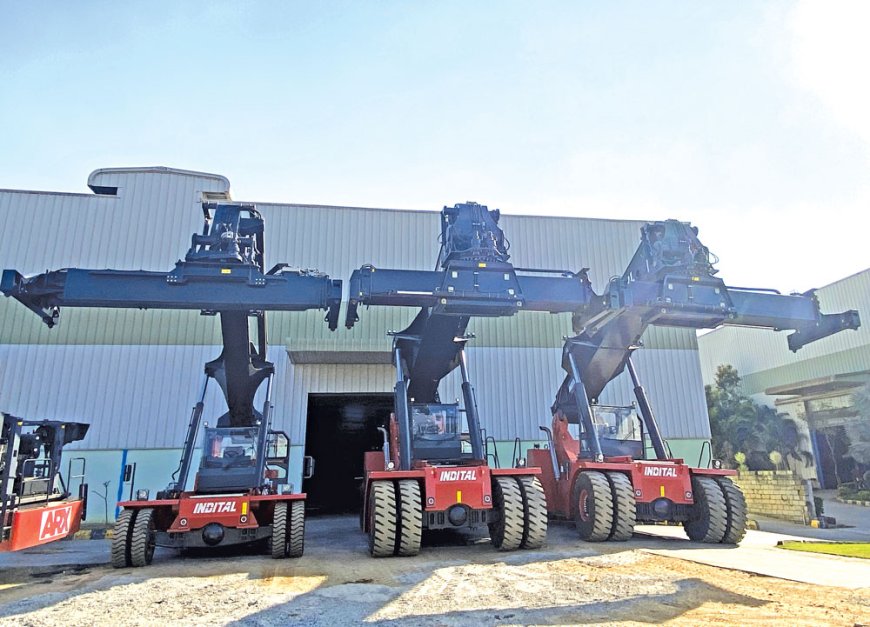We are continuously working on our ten-year product road map for fully autonomous hybrids.

What sustainable technologies and practices has your company implemented in your range of construction equipment?
The industry is at a cross roads as far as sustainability is concerned as there are three clear routes available
a) Hydrogen Fueled IC engines
b) Fully electric
c) Hybrid – which is a combination of clean diesel/petrol and electric.
We are of the opinion that fully electric at this stage in India is not really green as the grid cannot handle the load required to charge batteries. This only moves the pollution from the cities to the mining areas which are situated in verdant lush forests. We are working on moving all power shift transmissions to CVT over the next two to three years and then working on providing a hybrid variant. We will also install Hydrogen fueled engines on our machines once our engine partners, Cummins, builds the off-highway variants of these in India. Currently they are working on truck engines.

How do you foresee the role of green technologies evolving in the construction equipment industry over the next decade?
While a lot of solutions are available, the prices of these solutions are not cheap at the equipment purchase stage. There is no rule for phasing out older machines. For eg. If a person is getting some excavation work for building his house, a new BS V machine rental will be more expensive than the rent on an old BS 3 or 4 machine. For him a hole in the ground being his primary objective he will opt for the cheaper solution. As there is a lot of global pressure on adopting cleaner solutions, it is important to have policies in place for upgrading emission levels of older engines to ensure that it is a level playing field.
What challenges do you face in incorporating green technologies, and how are you addressing them?
Volumes are a challenge for incorporating these, while a few machines will sell, the bulk of the sale is still for conventional machines.
How does your company plan to continue innovating in the realm of sustainable construction equipment?
Stabilising a machine from launch takes three to four years, we are continuously working on our ten-year product road map for fully autonomous hybrids. We are currently validating our reach stacker with a CVT and also the pilot project of an Autonomous emergency braking system on our FLT 35. These are pilot projects and once proven will be ported to the other graders and empty stackers also.

How important is customer demand for green technology in driving your company’s innovation?
In both port handling and mining, the regulations are lagging the on-road standards. Machines which do not ply on road run with BS3 engines in ports and coal mines. Excavators are even manufactured with tier 2 engines. The emission standards for 75 HP and below are also poor. As the bulk of machines sold are below this level. In the tractor industry also, the cutoff is 50 HP. Only 7-8% of the market is above this. This means that the actual intent of controlling pollution is just for having some intellectual discussions at various seminars.








